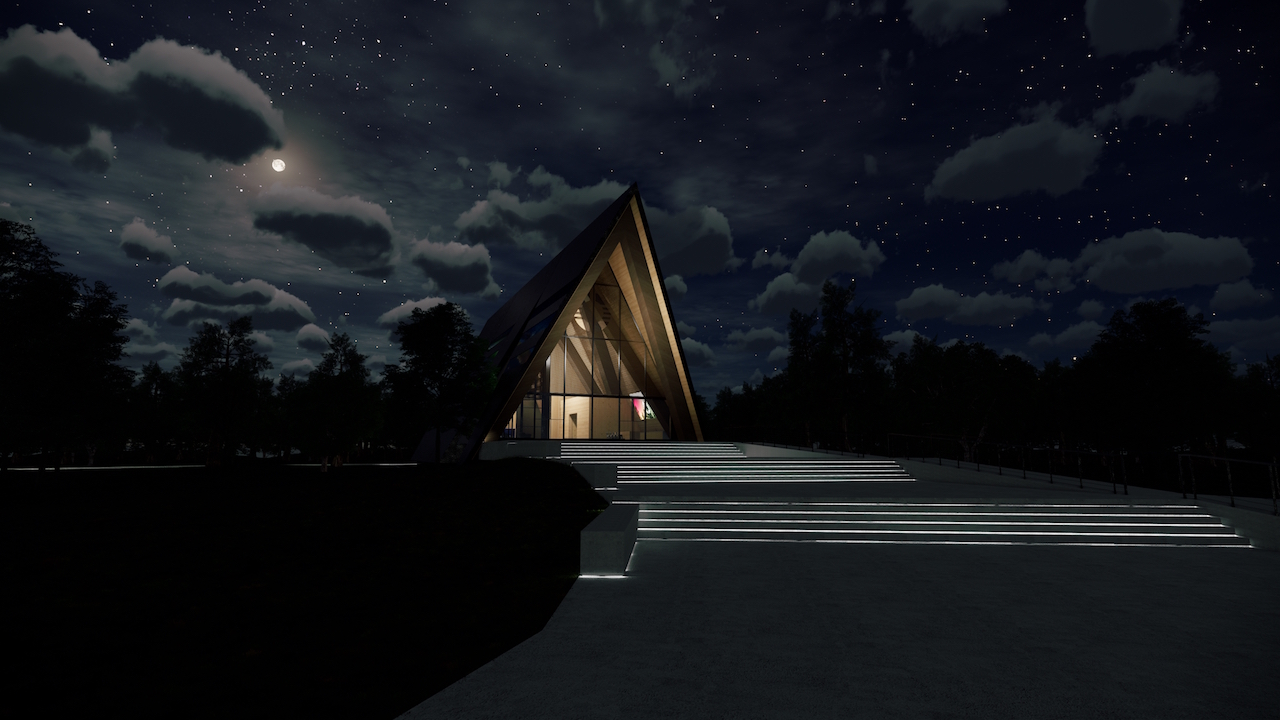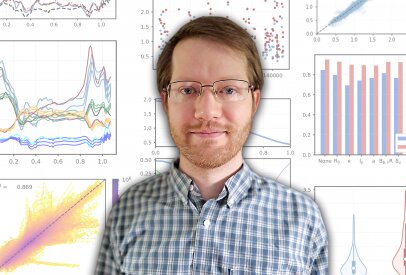Laurent Clement, EDF Middle East chief executive officer (seated, left), and Ahmed Al Mazrouei, ENEC vice president of R&D (seated, right), sign a letter of intent on June 30 to cooperate on nuclear R&D. Looking on are Hervé Maillart, head coordinator of the French nuclear industry at EDF (left), and ENEC CEO Mohamed Al Hammadi. (Photo: ENEC)
Électricité de France has signed a letter of intent with the Emirates Nuclear Energy Corporation to develop a memorandum of understanding for cooperation on research and development in the nuclear energy sector.
India’s Kudankulam plant, during the June 29 Unit 5 construction launch ceremony. Photo: Rosatom
Work on the third phase of the multi-reactor project at India’s Kudankulam nuclear power plant formally commenced earlier this week with the first pouring of concrete into the foundation plate of the Unit 5 reactor building.
A rendering of Ultra Safe Nuclear Corporation’s micro modular reactor as proposed for construction on the University of Illinois at Urbana-Champaign campus. (Graphic: USNC)
The U.S. state with more nuclear power plants than any other—Illinois—has no operating university research reactors. A team at the University of Illinois at Urbana-Champaign (UIUC) intends to reverse that situation and construct a high-temperature gas-cooled microreactor. If the team's plans go ahead, the first new U.S. university research reactor deployment in about 30 years could also support commercial advanced reactor deployment.
Featured speakers: From left, Elnitsky, Tsipursky, Baranwal, and Cullen.
From left, SRNS mechanic Todd Cockrell, engineer John Bradley, and project manager Joao Cardoso-Neto plan the removal of a vapor extraction unit at the Savannah River Site. (Photo: DOE)
Department of Energy site contractors Savannah River Nuclear Solutions and Savannah River Remediation received high marks from a recent independent audit of their environmental management work at the Savannah River Site in South Carolina.
The Hope Creek nuclear power plant
New Jersey’s Public Service Enterprise Group has announced its intention to achieve net-zero emissions by 2030, shaving two decades off its previously announced target date of 2050. PSEG is owner of the Hope Creek nuclear plant and is co-owner, with Exelon, of the Salem plant.
The Cernavoda plant, in southeastern Romania. Photo: Wikimedia Commons/Zlatko Krastev
Romania has ratified a draft intergovernmental agreement signed in 2020 with the United States on cooperation in the field of nuclear energy. Initialed last October by Romania’s energy minister, Virgil Popescu, and the then U.S. energy secretary Dan Brouillette, the agreement, reportedly worth some $8 billion, calls for cooperation on completing the construction of Units 3 and 4 at Romania’s Cernavoda nuclear power plant, as well as the refurbishment of Unit 1. The European Commission gave its nod to the agreement last November.
An artist's rendition of Oklo’s Aurora powerhouse. (Image: Gensler)
California-based Oklo has received a $2 million cost-share award from the Department of Energy for the commercialization of advanced fuel recycling capabilities by using electrorefining technology. Oklo is matching $1 million in funds and is partnering with the DOE and Argonne National Laboratory on this public-private partnership, which is intended to help reduce fuel costs for advanced reactor designs while reducing waste by turning used fuel into advanced reactor fuel.
A map of the Waste Isolation Pilot Plant underground, with a focus on Panels 7 and 8 at right. (Source: DOE EM)
The amount of salt mined so far from Panel 8 at the Department of Energy’s Waste Isolation Pilot Plant (WIPP) is a lot. The DOE’s Office of Environmental Management (EM) compared the amount to the weight of more than 46,000 Ford F-150s, about 16,000 African bush elephants, nearly 510 Boeing 747s, two Titanics, or enough to coat the rims of 3.6 million margarita glasses.
Miners working 2,150 feet underground extract the salt using grinders called continuous miner machines to create space to place defense-related transuranic (TRU) waste.
With WIPP’s Panel 8 scheduled for completion in a little more than half a year, crews recently crossed the 100,000-tons-mined threshold and, as of mid-June, are at 105,000 tons removed from the panel.
Hunterston B’s pile cap and fueling machine. (Photo: EDF)
The U.K. government and EDF have agreed to improved arrangements for the decommissioning of Britain’s seven advanced gas-cooled reactor nuclear power plants, which are due to reach the end of their operational lives this decade.




















